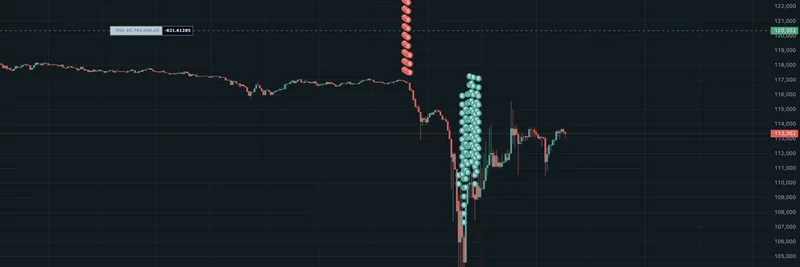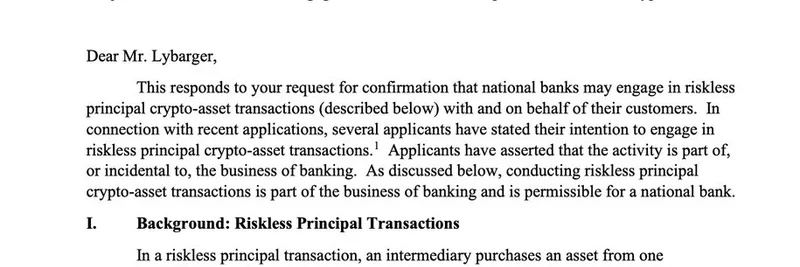In the wild world of crypto trading, where fortunes flip faster than a meme goes viral, a massive whale just pulled off a move that's got everyone talking. On October 10, 2025, a trader on Hyperliquid – that's a decentralized exchange specializing in perpetual futures, basically letting you bet on price movements without owning the asset – closed out huge short positions on Bitcoin (BTC) and Ethereum (ETH). Shorts, for the uninitiated, are bets that the price will drop, allowing you to profit from market dips.
According to a post by crypto analyst MLM on X (formerly Twitter), this whale shut down 90% of their BTC short and the entire ETH short, raking in an eye-watering $190–$200 million in profits in just one day. But here's the twist that has folks like journalist Laura Shin exclaiming "☠️ なんだこれ": the whale reopened massive shorts – we're talking nine figures, or over $100 million worth – minutes before a brutal price cascade hit the market.
This chart from Hyperliquid shows the BTC price action, with red markers indicating the whale's short opens and cyan ones likely showing closes during the plunge. The timing? Suspiciously perfect, leading to whispers of insider trading or even market manipulation. As MLM noted, this was all public on Hyperliquid, but imagine what went down on centralized exchanges (CEXs) or other platforms.
The cascade – a chain reaction of forced liquidations where falling prices trigger margin calls, causing more sales and deeper drops – liquidated over $700 million across the crypto market that day, including heavy hits to BTC, ETH, SOL, DOGE, and others. For meme token enthusiasts, this is where it gets personal. Meme coins, those fun, community-driven tokens like DOGE or newer ones tied to viral trends, are notoriously volatile. They often amplify broader market moves, meaning when BTC sneezes, memes catch a cold – or in this case, pneumonia.
How the Whale's Play Rippled Through Meme Tokens
Take the Trump memecoin, for example. Amid the crash, its treasury was scrambling for a $200M buyback to stem the bleeding, as prices collapsed as reported here. Replies to Shin's thread even joked about Barron Trump being the whale, with memes flying about the Trump family orchestrating the dip. One viral image showed Donald Trump at a computer with his son looking over his shoulder, captioned something like "okay the short is in, now post the china thing and let's kick off the black swan."
Whether it's tied to geopolitical news like rumored China stimulus (which pumped markets briefly before the reversal) or just savvy trading, events like this expose the fragility of meme tokens. High-leverage positions on platforms like Hyperliquid can exacerbate swings, turning a whale's profit into retail traders' nightmare.
Lessons for Meme Token Traders
If you're deep in the meme game, this saga underscores a few key takeaways:
- Volatility is King: Meme tokens thrive on hype but crash hard in liquidations. Always use stop-losses and avoid over-leveraging.
- Watch the Whales: Tools like HypurrScan (the Hyperliquid explorer) let you track big moves. The whale's address here shows withdrawals of nearly $70M post-profit, hinting at more plays elsewhere.
- Diversify and DYOR: While memes are fun, balancing with blue-chips like BTC or ETH can cushion blows. And always do your own research – don't chase FOMO into a cascade.
This isn't the first time a whale's timed trade sparked controversy; remember the $200M ETH long that backfired on Hyperliquid earlier this year, costing the protocol $4M? Crypto's decentralized nature makes it a playground for big players, but it also empowers communities to call out foul play.
For more on how market events like this shape the meme token landscape, check out the original thread by Laura Shin. Stay vigilant, degens – the next cascade could be just a short away.




